The Chitrali Cap: A Symbol of Culture and Identity
Introduction
The Chitrali cap is one of the most iconic pieces of traditional attire from northern Pakistan, particularly the Chitral and Gilgit-Baltistan regions. Known locally as the Pakol or Khoi, this soft woolen hat is more than just headwear it is a cultural emblem, a marker of identity, and a practical garment suited to the harsh mountain climate. Over time, the Chitrali cap has gained international recognition, symbolizing the unique heritage of the Hindukush region.
This article explores the origins, design, craftsmanship, cultural importance, and modern day use of the Chitrali caps, while also highlighting its variations and significance in regional and national identity.
Historical Background
The Chitrali cap traces its origins to the ancient Hindukush valleys, where local tribes developed it as protection against the extreme cold. Historical accounts suggest that versions of this cap have been worn for centuries by the Kho people of Chitral. Later, it spread to Gilgit-Baltistan, Swat, Dir, and even Afghanistan, where it became popular as the Pakol.
During the Afghan-Soviet war in the 1980s, the Chitrali cap became widely recognized because many Mujahiideen fighters wore it. This exposure popularized the cap worldwide, turning it into a recognizable symbol of the region’s people and their resilience.
Structure and Design
The Chitrali cap has a distinctive structure that makes it unique compared to other headwear. It is usually made of wool, giving it both warmth and softness, while its roll-up design allows wearers to adjust it according to their comfort.
Table: Key Features of the Chitrali Caps
| Feature | Description |
|---|---|
| Material | Primarily hand-spun wool; sometimes mixed with cotton |
| Shape | Round, flat-topped with a rolled brim |
| Colors | Natural white, cream, brown, grey, and black (dyed versions also available) |
| Seasonal Use | Winter for warmth, but also worn year-round as cultural attire |
| Durability | Strong wool makes it long-lasting |
| Sizes | Available in multiple sizes; can be reshaped easily by adjusting the brim |
The rolled brim of the Chitrali caps serves both a functional and aesthetic purpose: it allows adjustment for warmth, while also giving the cap its signature look.
Craftsmanship
The making of a Chitrali caps is an artisanal process passed down through generations. Traditionally, local shepherds provided raw wool, which was spun into yarn, washed, and dyed using natural substances. Skilled weavers then shaped the wool into soft caps, which were felted and rolled into the familiar style.
The craftsmanship not only reflects the resourcefulness of the mountain communities but also showcases their ability to create garments suited to the environment. In today’s markets, while machine-made versions are available, handmade Chitrali caps remain prized for their authenticity and durability.
Cultural Significance
The Chitrali cap is deeply woven into the culture of northern Pakistan. For the people of Chitral, it is not just clothing—it represents pride, dignity, and tradition. Men wear the cap during festivals, weddings, and community gatherings. It also forms part of the everyday attire of elders, symbolizing wisdom and respect.
Symbolism in Society
-
Honor and Identity: Wearing the Chitrali caps is a way of expressing belonging to the Kho culture.
-
Hospitality: In some traditions, presenting a guest with a Chitrali caps is a gesture of warmth and respect.
-
Status: In the past, the quality of wool and finishing of the cap reflected a person’s social standing.
The Chitrali caps has also become a national symbol, often worn by political leaders and cultural ambassadors to represent Pakistan’s northern heritage.
Variations Across Regions
Though the term Chitrali caps refers mainly to the version from Chitral, there are regional variations across Pakistan and Afghanistan.
-
Chitral Version: The most authentic form, usually in cream or brown, made from thick local wool.
-
Gilgit-Baltistan Version: Slightly smaller, often dyed darker colors, reflecting the preferences of local tribes.
-
Afghan Pakol: Popular across Afghanistan, often made from darker wool and worn with a deeper roll.
-
Swati/Dir Version: Incorporates local weaving techniques, sometimes decorated with embroidery.
These variations highlight how the Chitrali caps has adapted across cultures while maintaining its essence.
Role in Modern Fashion
In recent decades, the Chitrali caps has transcended its traditional use to become a fashion statement. Tourists visiting northern Pakistan often purchase it as a cultural souvenir. In cities like Islamabad, Lahore, and Karachi, the cap is worn during cultural events, Independence Day celebrations, and even by celebrities who want to showcase heritage pride.
The cap’s adaptability makes it a versatile accessory—it can be paired with traditional attire like shalwar kameez or even worn with modern clothing as a cultural touch. The rise of social media has further promoted the Chitrali caps, making it a recognizable part of Pakistan’s fashion identity.
Economic Importance
The Chitrali caps also plays a role in the local economy. Artisans and small businesses in Chitral, Dir, and Gilgit-Baltistan rely on its production for income. Markets in these regions are filled with stalls selling both handmade and machine-produced caps. For tourists, buying a Chitrali caps is not just about owning a piece of culture but also about supporting local communities.
However, the influx of cheap machine-made caps has posed challenges to traditional craftsmen. Handmade caps are more expensive but are valued for their quality and authenticity. Promoting the Chitrali caps as a heritage product could ensure sustainable livelihoods for these artisans.
Preservation and Challenges
Despite its popularity, the tradition of making the Chitrali caps faces certain challenges:
-
Loss of Craftsmanship: Younger generations are less interested in learning traditional weaving skills.
-
Commercialization: Mass production often prioritizes quantity over quality.
-
Cultural Dilution: As the cap becomes a global fashion item, its cultural roots risk being overshadowed.
To preserve the Chitrali cap, efforts such as heritage festivals, artisan cooperatives, and government support programs are crucial. Promoting it as an official cultural product of Pakistan can also boost its recognition worldwide.
Conclusion
The Chitrali caps is more than a head covering—it is a living tradition, a cultural emblem, and a source of pride for the people of Chitral and northern Pakistan. Its history spans centuries, its design is practical yet elegant, and its symbolism speaks to identity and belonging.
As globalization spreads, preserving such cultural artifacts becomes vital. The Chitrali caps should be celebrated not only as attire but as a legacy of craftsmanship, community, and cultural pride. Whether worn in the high mountains of Chitral or displayed on international stages, the Chitrali caps will always remain a symbol of resilience and heritage.

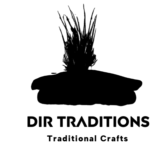
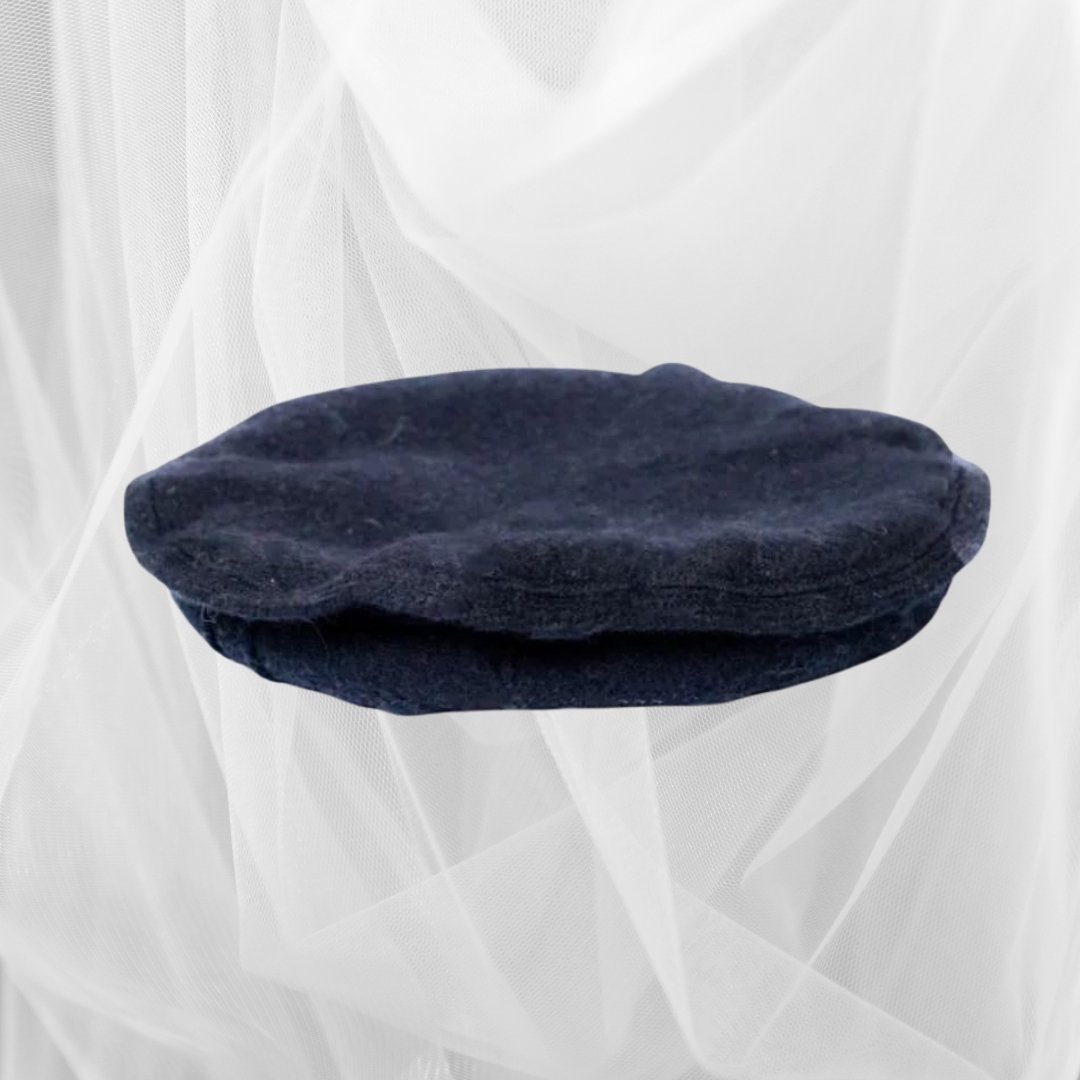
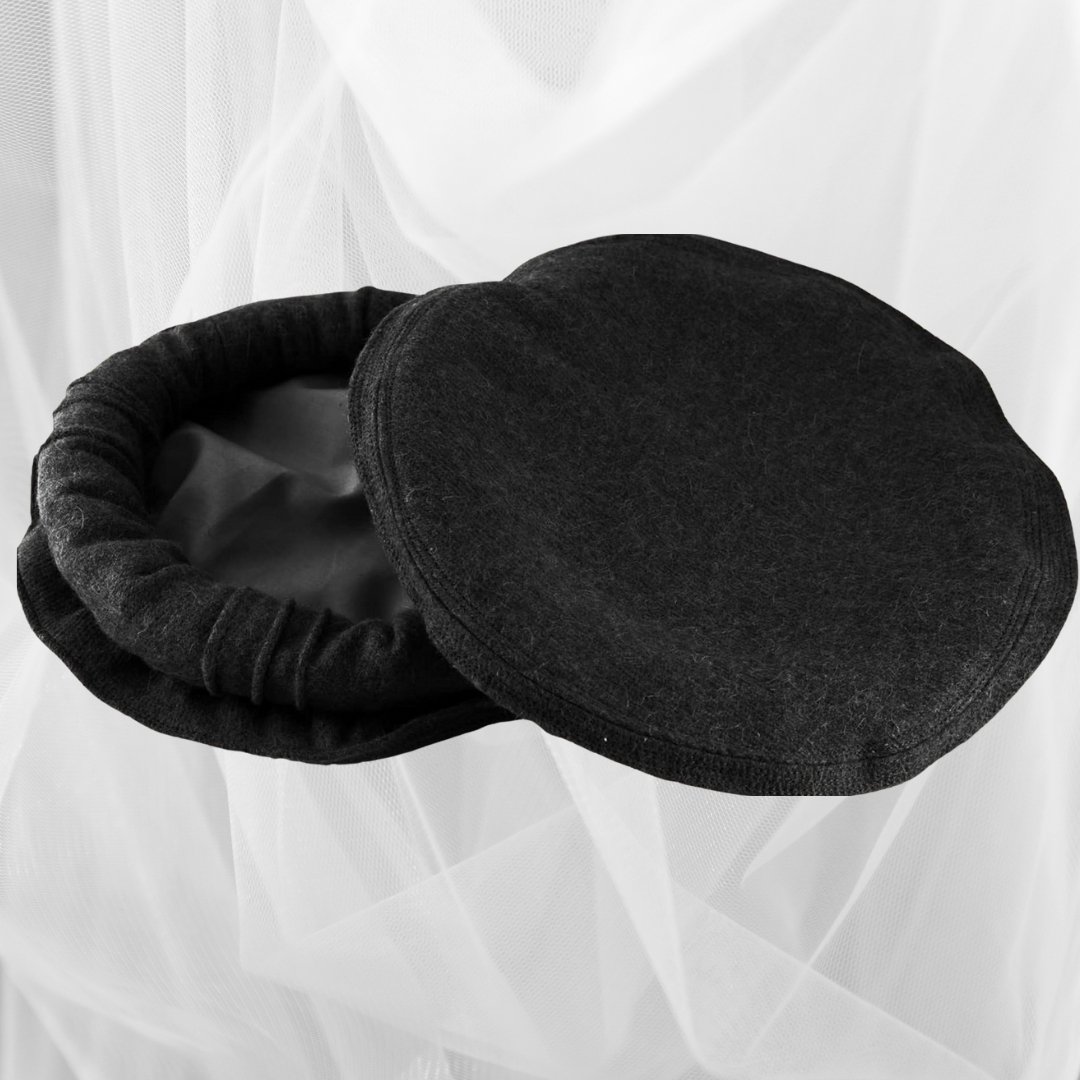
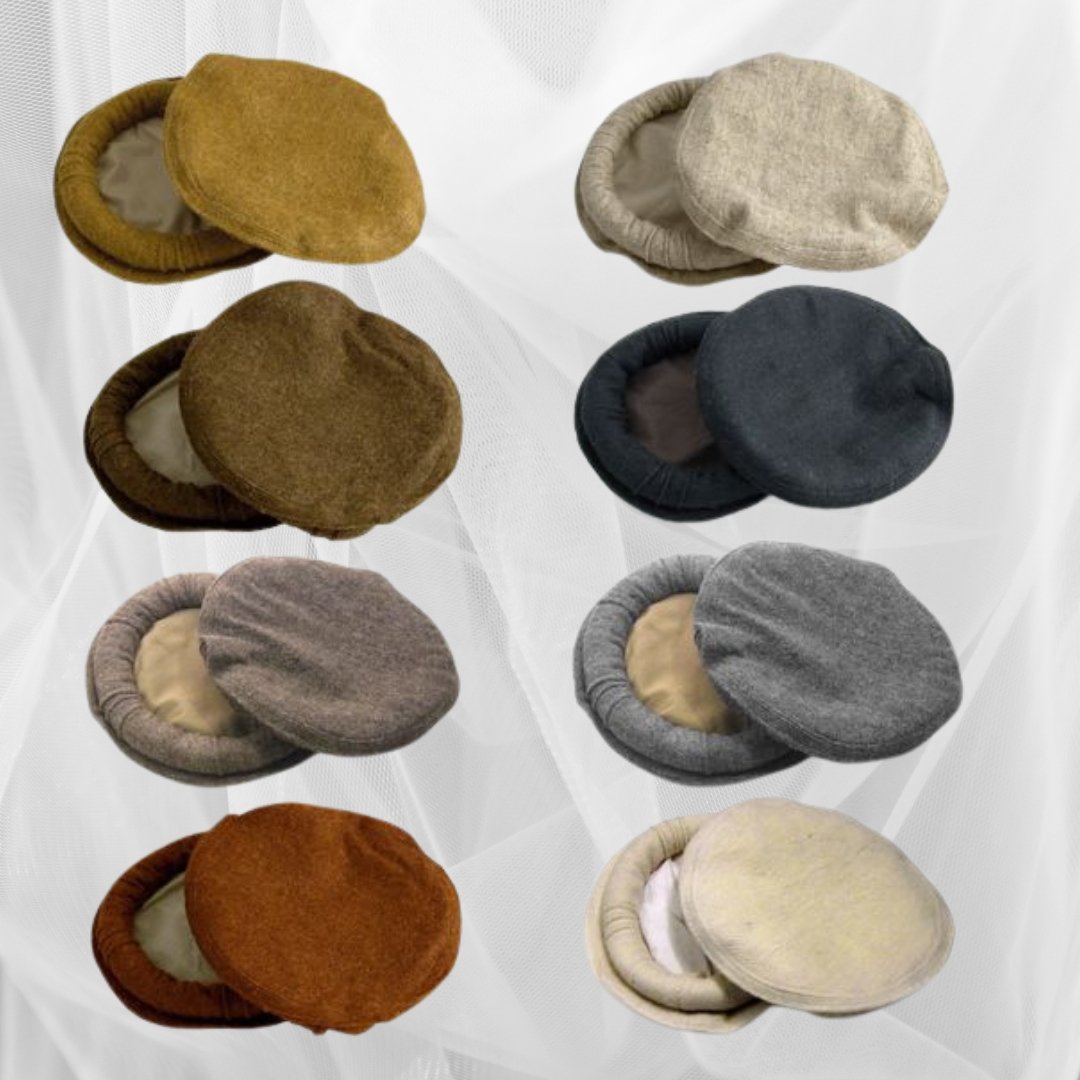
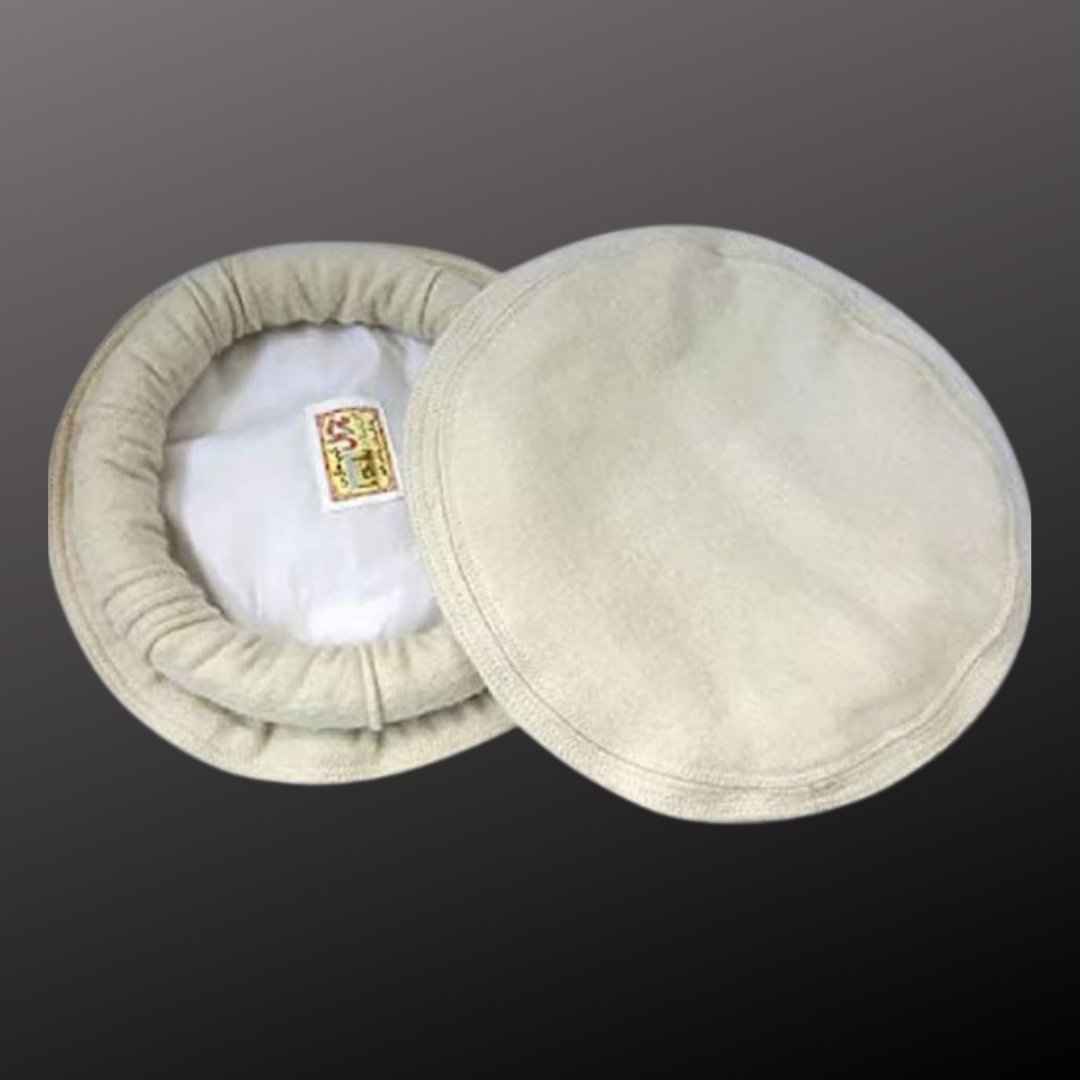
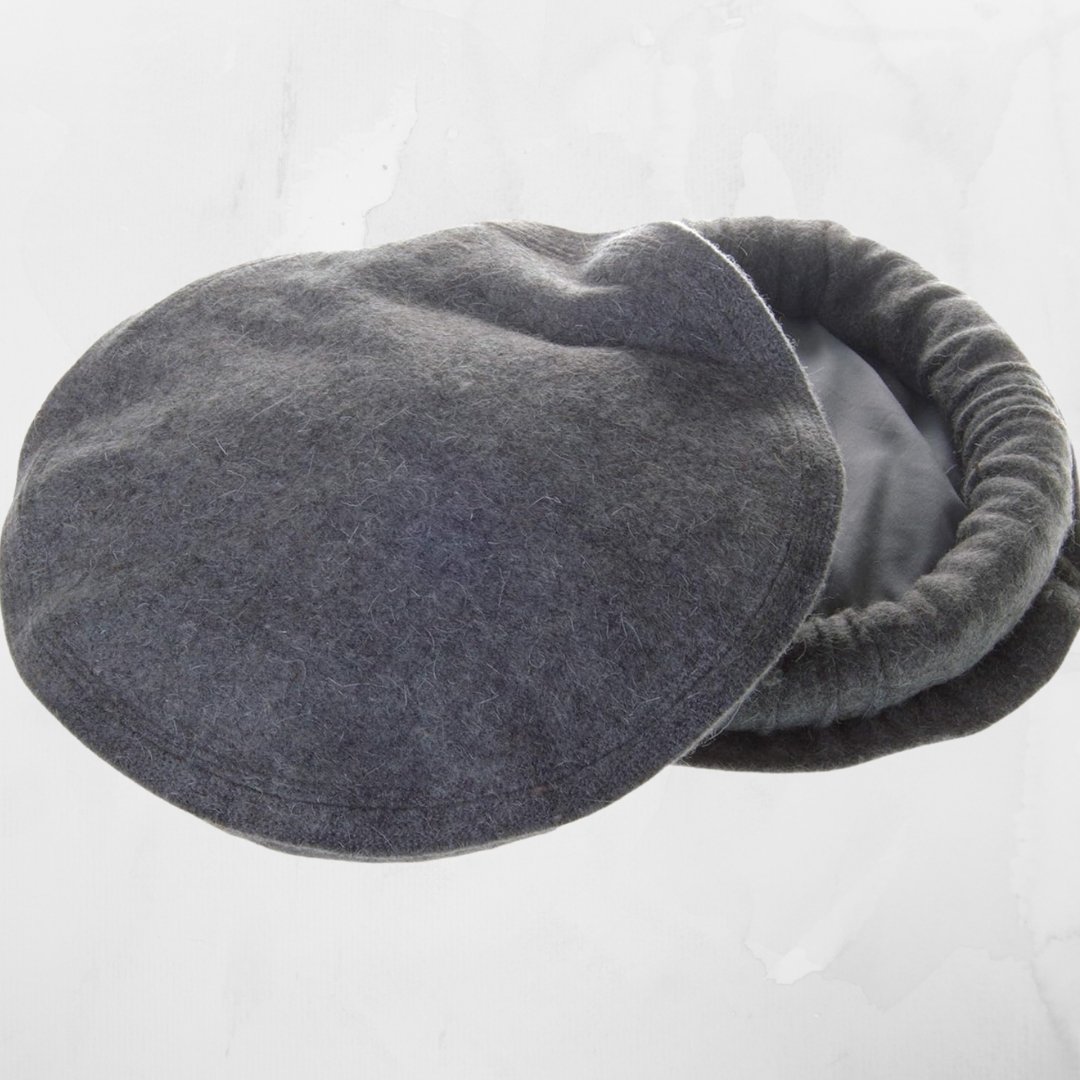
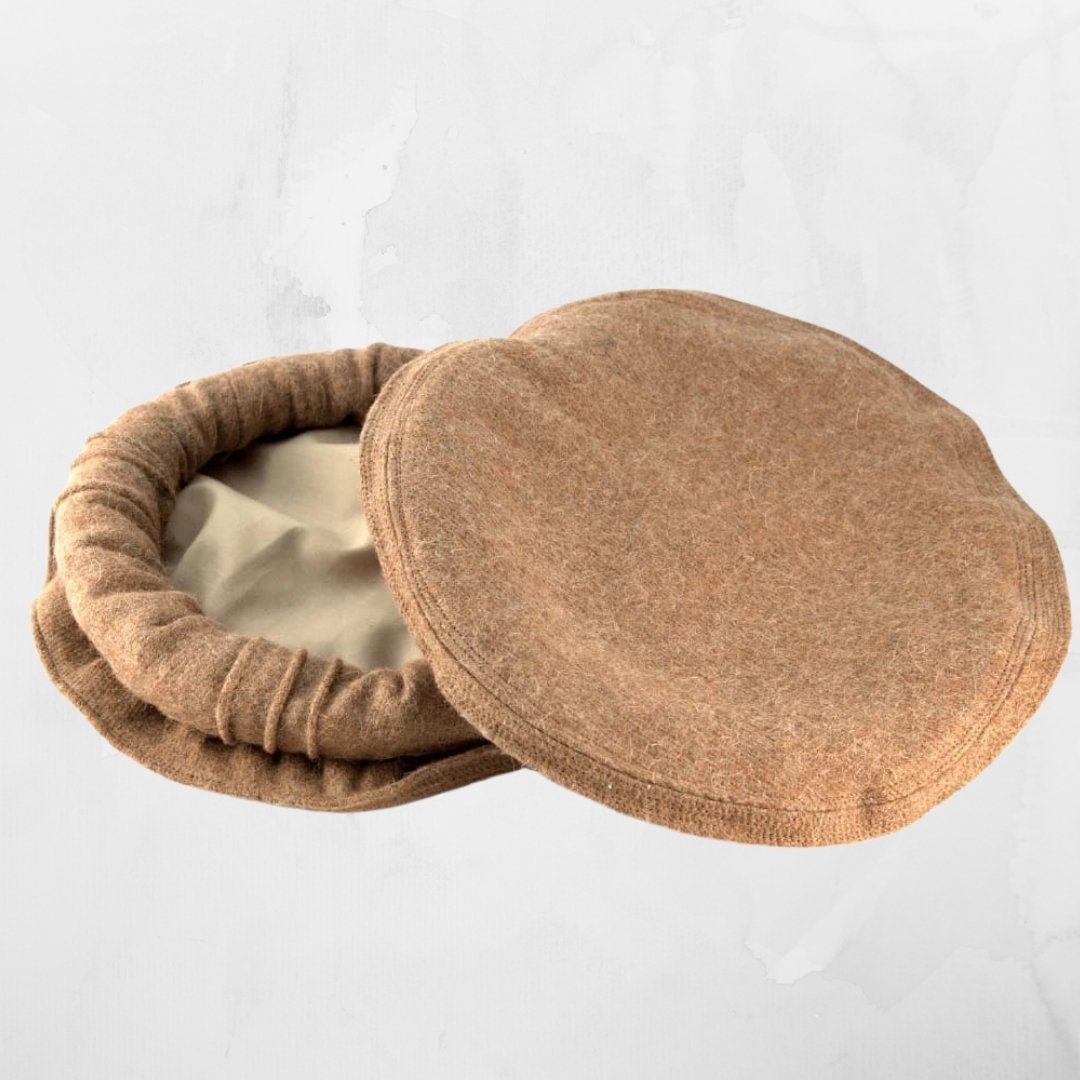
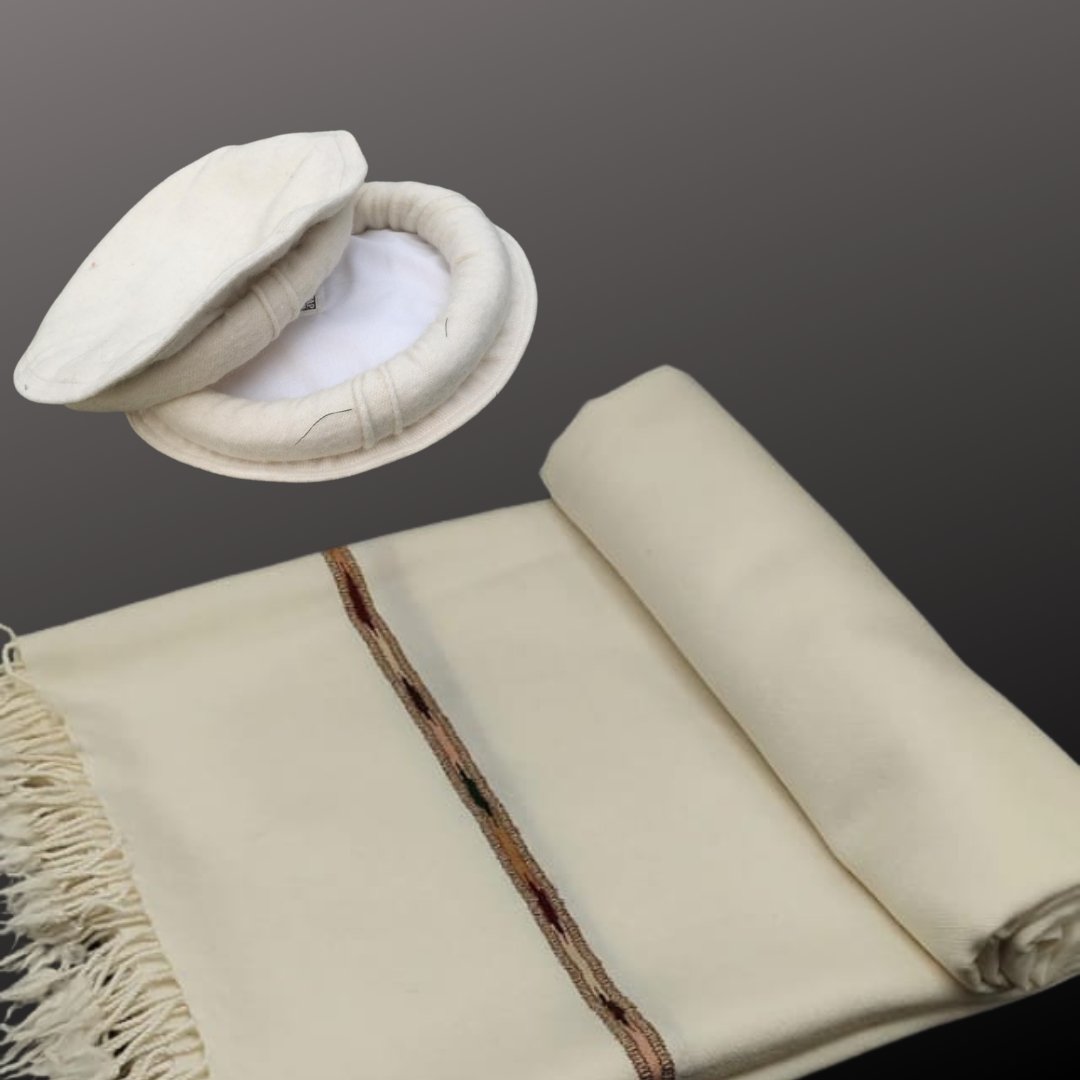
Reviews
There are no reviews yet.